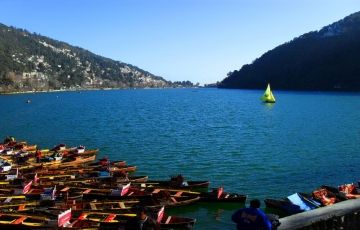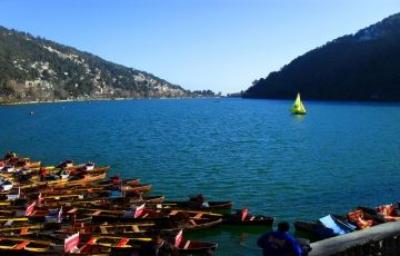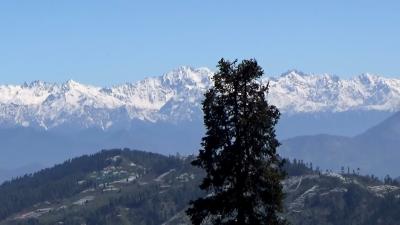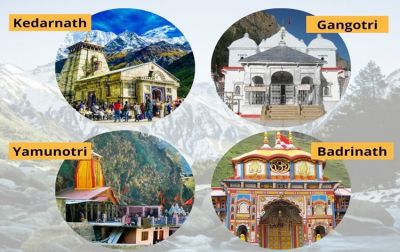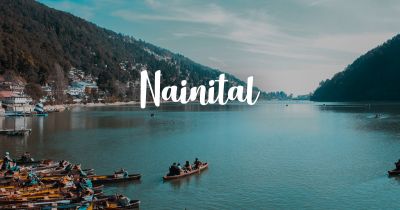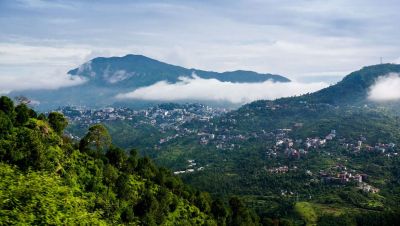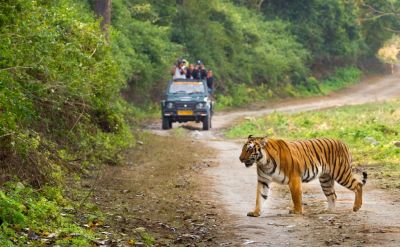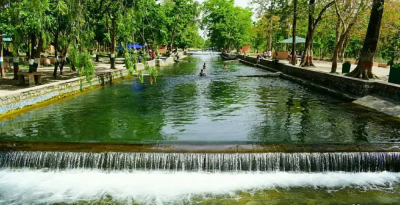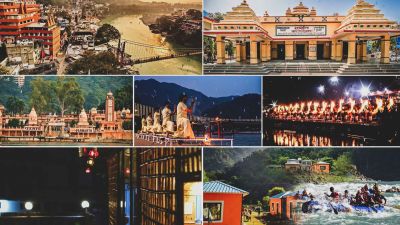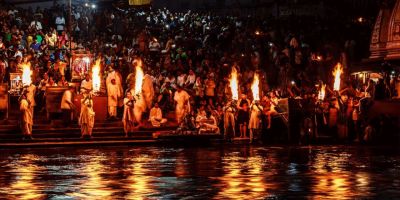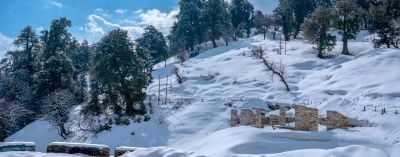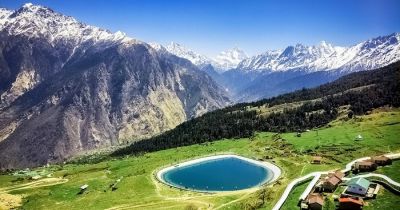Uttarakhand's Living Cultures: An Anthropological Journey
Uttarakhand, nestled in the lap of the Himalayas, is not just a visual treat for nature enthusiasts but also a treasure trove of living cultures. This northern state of India is home to a diverse range of communities, each with its unique customs, traditions, and way of life. As an anthropological enthusiast, I embarked on a journey through Uttarakhand to explore and experience its rich cultural heritage.
1. Garhwal Region: Where Nature Meets Spirituality
The Garhwal region of Uttarakhand is known for its panoramic landscapes and spiritual significance. It is home to the famous Char Dham Yatra, which includes the holy shrines of Yamunotri, Gangotri, Kedarnath, and Badrinath. These sacred sites attract pilgrims from all over the country who seek spiritual solace and blessings. The journey to these temples is not just a religious pilgrimage but also an opportunity to immerse oneself in the local culture and witness age-old rituals and traditions.
During my visit, I witnessed the evening aarti (prayer ceremony) on the banks of the River Ganga in Haridwar. The melodious chants, the fragrance of incense, and the sight of devotees taking a dip in the sacred river created an atmosphere of divinity. It was fascinating to see how the ancient rituals have stood the test of time and continue to be a vital part of the local culture.
2. Kumaon Region: Tales of Valour and Festivals
The Kumaon region of Uttarakhand is famous for its tales of bravery. This land has been home to several legendary warriors who fought valiantly to protect their homeland. One such story is that of the Gorkhas, known for their fierce courage and loyalty. The Gorkhas have left an indelible mark on the culture and traditions of the region.
Another fascinating aspect of the Kumaon region is its vibrant festivals. The Kumaoni people celebrate various festivals throughout the year, each with its own significance and rituals. The most famous among them is the Nanda Devi Raj Jat Yatra, a grand procession that takes place once every twelve years. This arduous pilgrimage covers a distance of approximately 280 kilometers and attracts thousands of devotees.
3. Pithoragarh: Unraveling the Folklore
The town of Pithoragarh in Uttarakhand is known for its rich folklore and mythology. It is believed to be the gateway to the mythical kingdom of Kumaon. Pithoragarh is also known as "Miniature Kashmir" due to its breathtaking natural beauty. The town is surrounded by snow-capped peaks, pristine rivers, and lush green valleys.
During my stay in Pithoragarh, I had the opportunity to interact with the locals and listen to their stories passed down through generations. The folklore of Uttarakhand is replete with tales of gods, goddesses, and mythical creatures. The locals firmly believe in these stories and their cultural practices reflect these beliefs.
4. Chamoli: A Glimpse into Traditional Agriculture
Chamoli, located in the Garhwal region of Uttarakhand, is known for its traditional agriculture practices. The region is primarily agrarian, with farming being the main livelihood for the locals. I had the chance to visit the fields and witness the traditional farming methods still being followed by the farmers.
The farmers in Chamoli use age-old techniques like terrace farming and crop rotation to ensure sustainable agriculture. It was inspiring to see the harmony between humans and nature as the farmers cultivated their crops, respecting the natural rhythms and cycles.
Conclusion
Uttarakhand's living cultures provide a glimpse into the rich tapestry of traditions and customs that have shaped the state's identity. From the spirituality of the Garhwal region to the tales of valour in Kumaon, every corner of Uttarakhand has something unique to offer. Exploring these cultural treasures not only broadens one's perspective but also fosters a deep appreciation for the diversity and resilience of human cultures.
So, next time you plan a trip to Uttarakhand, make sure to venture beyond the usual tourist attractions and explore the living cultures that make this state truly extraordinary.
Disclaimer : The information provided in this blog is for general informational purposes only. While we strive to keep the content accurate and updated, TravelSetu assumes no liability for errors or omissions. If you believe any part of this blog infringes your rights or causes concern, please notify us immediately at info[at]travelsetu[dot]com so that appropriate action can be taken.

